Japanese civilization
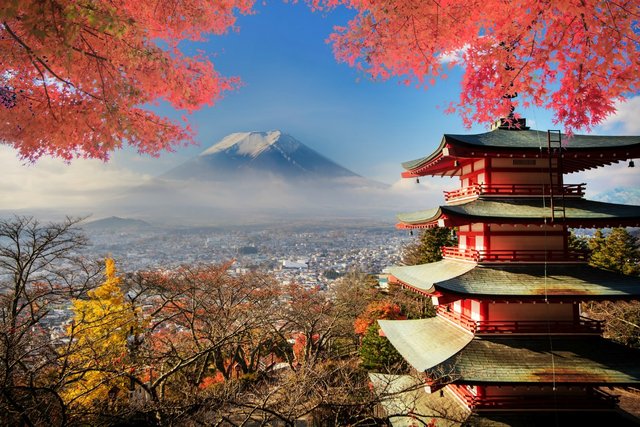
Japanese Geography:
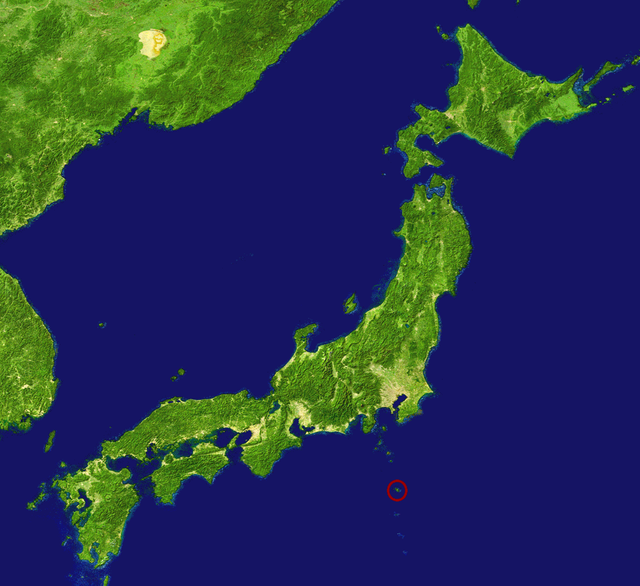
Japan is located in the Far East Asia. It is located in the Pacific Ocean in western China, Korea and Russia. The letters that make up the Japanese name in Japanese mean "the origin of the sun", so Japan is sometimes called "the land of the sun".
Japan consists of more than 3,000 islands, the largest of which are the four islands, Honshu, Hokkaido, Kyushu, Shikoku, most of these islands are mountains and many volcanoes, the highest mountain in Japan is Mount Fuji is also a volcanic peak. Japan is the tenth most populous country in the world with a population of nearly 128 million. Tokyo is the largest population in the world with more than 30 million people.
Because of Japan's geographical isolation, the country entered the age of history late from its Asian neighbors. Japan knew its first rise after the entry of Buddhism, quoting "many tributaries of Chinese civilization. Despite its obvious impact on China, Japanese civilization has carved a distinctive path for itself. The second renaissance began when it began to quote western science and knowledge in the 18th century. Through a number of articles we try to identify the most prominent aspects of this unique civilization.
History of Japanese Civilization:
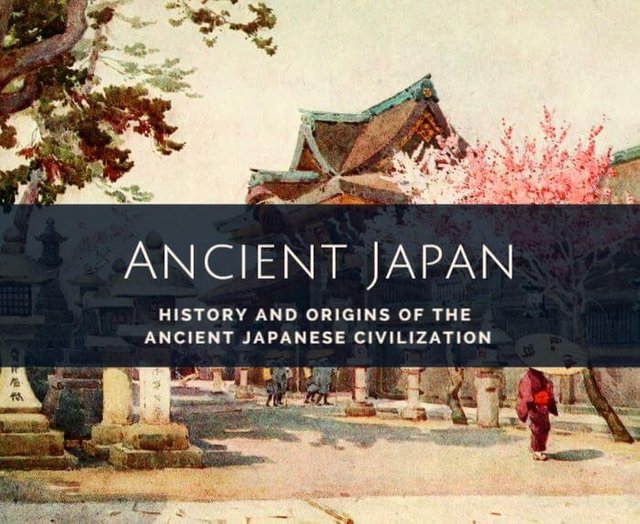
The history of Japan begins 660 BC with the primitive phase, which facilitated the formation of a central system in 220 BC. Where the predominant religion is (Shintoism) and the word Shito means the way of the gods and spirits is a religion that glorifies the spirits and forces of nature and which displays legends ) Which had a significant impact on behavior and thinking.
According to the accounts and legends, the Japanese are made up of a mixture of indigenous people and Mongols and Malaysians where Japanese civilization dates back to 560 BC.
Their worship is Shen Taoism, which is the cult of the dead, where they believe that they are all affected by the events and the nation of the tribe, the honor of the nation, especially Vikadu. Japan was also influenced by Confucianism and Buddhism. Japanese athletes water sports were physical influenced by the Japanese principles, especially the self-defense that is done by lightness and agility, these simple behaviors and exercises of the Japanese people planted the meanings of courage, health and strength, all the meanings of greetings that go to the extent of suicide official (Arakiri) and Japan as well as the Primitive peoples of the Far East The history of Japan is based on mythology and myths where the Enos were a hunted and wild people. The best and oldest breed was when the Mongols colonized it.
The history of Japan begins 660 BC with the primitive phase, which facilitated the formation of a central system in 220 BC. Where the predominant religion is (Shintoism) and the word Shito means the way of the gods and spirits is a religion that glorifies the spirits and forces of nature and which displays legends ), Which had a significant impact on behavior and thinking. Even a hundred years ago, the West did not know anything about the Japanese, and Japan remained completely isolated from the outside world
For 250 years, no foreigner was allowed into the country (except for some Dutch merchants) and no Japanese was allowed to leave ...
It remained so until 1853 when Captain Perry arrived on the deck of a US warship to try to persuade the Japanese, even by force, to open their doors to foreign trade,
After that people began to know a bit about the country and its people
Google Traduction pour les entreprises :Google Kit du traducteurGadget Traduction
Japanese Houses:
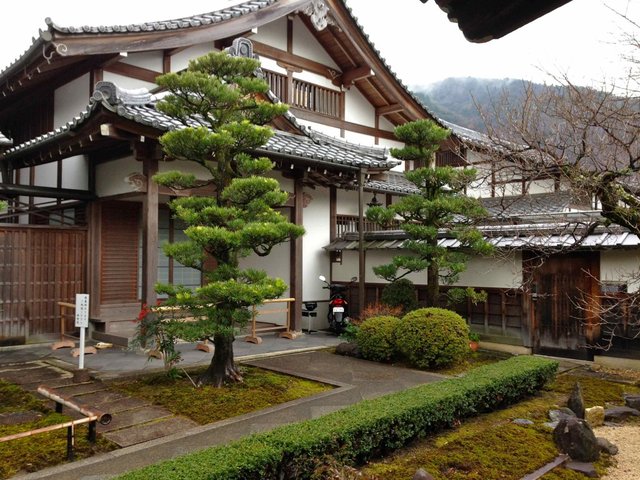
If we deepen in the civilization of Japan, we find that it is one of the oldest and oldest civilizations and still much of the nature of this civilization is hovering over its people and this is evident in their homes as it is often heard that their homes are made of paper and this is not true, the outer walls are usually made of wood and the roof of firewood, The rooms are movable barriers made of thick paper that allows light to pass through. They are decorated with birds, flowers, and beautiful landscapes. The beauty attracts the viewer and invites you to relax. The sliding sliding doors make it easy to open the stone in the adjacent room. The V, especially if it is not only by the traditional means of heating a large pot Chinese call it (Hepashi) and put it some embers of coal flaring and currently such methods are used for heating in the countryside.
Japanese food:
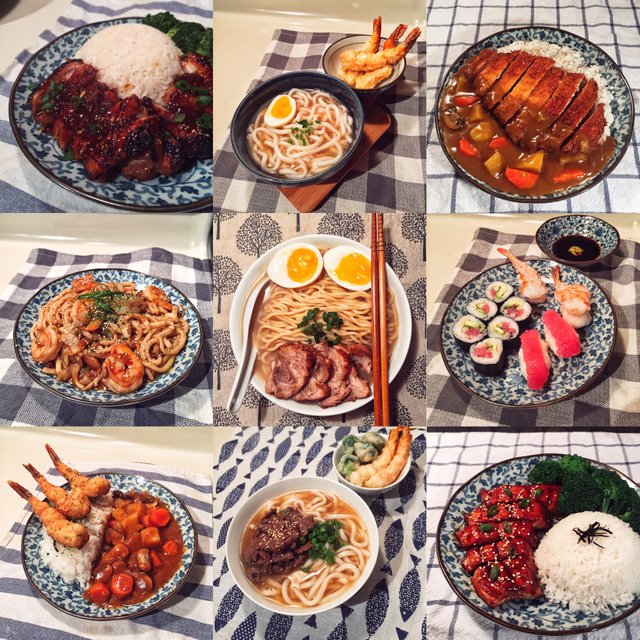
When we come to the Japanese eating habits, they eat a great deal of rice, and are fined with fish, especially after it is seasoned with soy sauce, and they love sweet muffins made from bean flour.
It is amazing that 100 years ago they did not taste the flesh of any four-year-old because they considered it dirty, and now they eat beef and pigs.
Main drink:
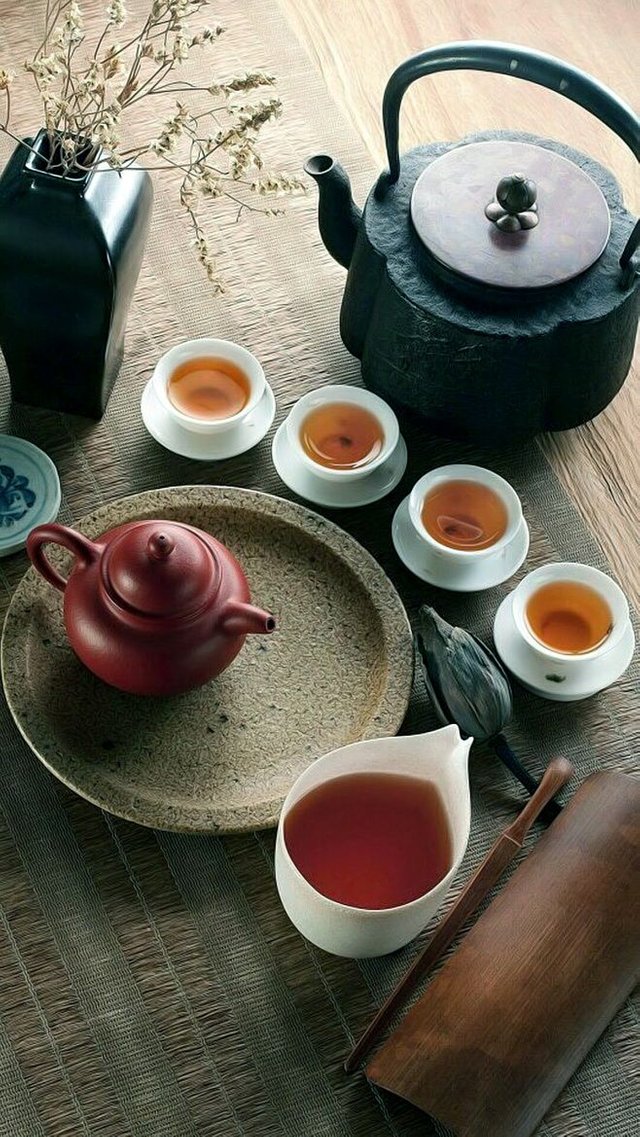
It is tea they are fond of yellow tea.
Language and writing:
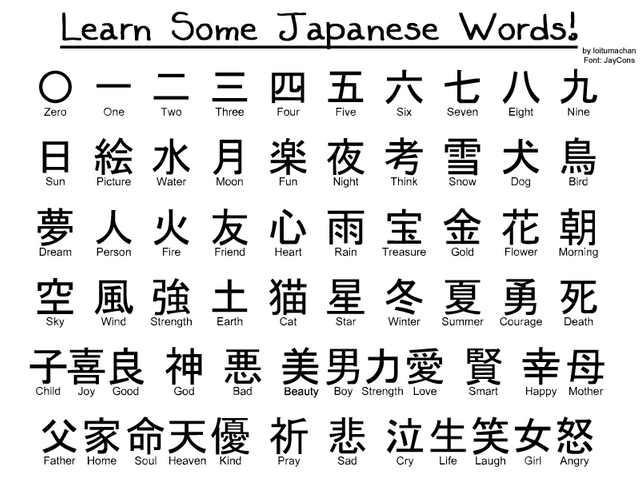
The Japanese, although they have an ancient civilization, did not invent letters for them
They even quoted the Chinese method of writing,
Which is not compatible with their language as it is very difficult,
Here I met the difficulty of Japanese language with the difficulty of writing
Which were followed by the Japanese writing was considered the hardest writing in the world ...
Japanese Religion:
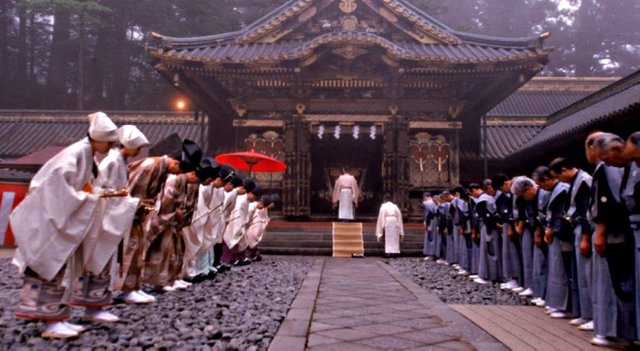
There are two different religions in Japan
1 _ Shinto: It is the oldest national religion, and where the worship of nature.
2 _ Buddhism: an exotic religion on the country, but Shinto did not reject Buddhism
But tried to digest the beliefs that believe in ..
Here we can say that the Japanese embrace the two religions.
Martial arts:
Another Japanese martial arts label refers to the huge diversity of the original martial arts to Japan. Japanese where they are often used in at least three interchangeably with the Japanese phrase "Japanese martial arts": "Bodo", literally means "self-defense", which has no perfect translation but means something like science, arts, or craft War, and "booghi", literally means "martial arts". The term "Bodo" is a modern one, usually meant to refer to the practice of martial arts as a way of life, which includes physical, spiritual and moral dimensions with a focus on self-improvement, fulfillment, or personal growth. The bujutsu and my own terms and definitions are more and more separate, at least historically. Bujutsu refers specifically to the practical application of methods and techniques of self-defense in actual combat. and refers to adaptation or refinement of those methods and techniques to facilitate systematic education and dissemination within a formal learning environment.
SOMO:
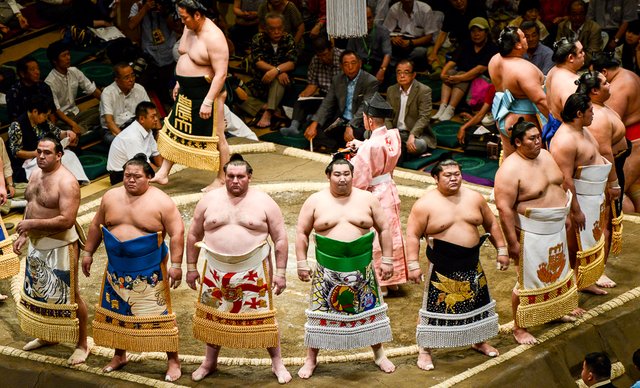
Sumo (in Japanese: ??) of Japanese martial arts. Very popular in the country. Some ancient Japanese rites are introduced into the game, and the Japanese consider them more than just ordinary sport, a tradition and a tradition that must be preserved.
The word "Sumo" was mentioned for the first time in 712 AD in the Kujiki (???) or "Chronicle of Ancient Events", the first known Japanese blog. Kogiki tells the story of the Sumo Dar conflict between two ancient gods, Takimi Kazucci and Takimi Nakata, then the first victory. After his victory, Takimi Kazucci's people took over the islands of the Japanese archipelago and descended from Japan's current emperors.
jido
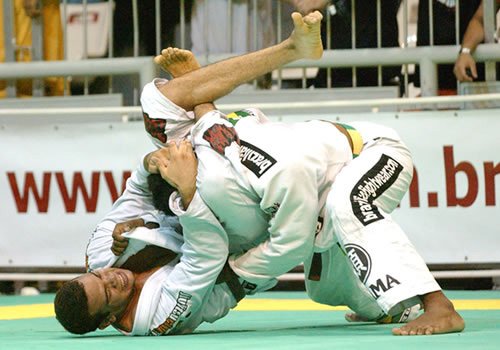
Judo (in Japanese: Japanese) is a martial art, sport, and philosophy. The Judo was created in Japan by Dr. Giguro Kanu in 1882. Judo is a high-tech, sophisticated or refined art. In 1860, Mr. Gigurcano was born in a small, structurally weak and powerful body. He began to practice the art of the gogito. He was 17 years old and in 1880 he was director At the University of Tokyo, he developed and developed all the different arts found in the waffle and developed them and excluded the dangerous games that lead to death so that the person can be implemented as a public sport that is not serious, that he was upgraded to a sophisticated art called judo. In 1882 he founded a judo art school and was an international school of education (Kodu k In Tokyo and began to train nine players and then spread to popular sport in Japan and then all over the world. The judo definition is a Japanese defensive and offensive sport that aims to win the least effort by using different skills such as shooting from the top and playing ground.
Karate :
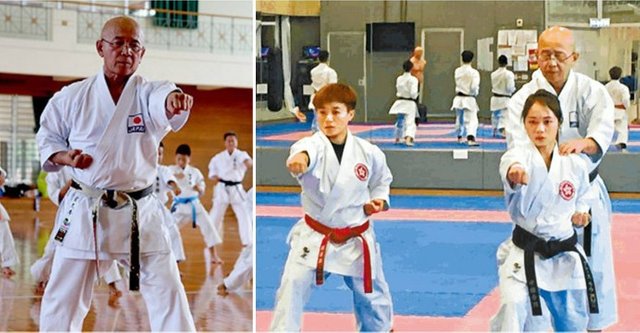
Karte is a type of martial arts in which hands, feet, knees and facilities are used as weapons.
Karate ?? A Japanese word means empty hand as the Karate du is said by any empty hand way
Origins: The origin of Japanese martial arts is believed to be from monks or monks who came from China and settled in Japan to teach religion, like many other martial arts. It is believed that karate was derived from other martial arts such as kimbo. The Japanese occupation of Okinawa also played a major role in the emergence of karate. They were prevented from carrying weapons, which made them develop Karate to defend themselves against the power of the samurai and the use of daily tools as weapons, but this was not always feasible for the rigorous Samurai training.
There are several types of karate that go back to famous schools or teachers. The most common type is the Shotokan and can be traced back to Sensei Funakoshi Sensei. There is also a Kyokushinkai school which is somewhat violent in addition to the Goguryo School, whose most important teacher is Sansai Shogun Miyagi
Karate is characterized by explosive strikes, but you find wrestling and detailing and putting on the ground and braking and beating on the vital places in the kata.

The fact that Japan is an ancient civilization and a legendary people is one of the many wondrous stories, and that the people of Japan, like the civilized peoples of South East Asia, have virtuous values, principles, and respect for one another (although their values are not due to celestial religions). In contrast, Western civilization (in Europe and America) They are painted on top of each other and lack religiosity and good values.
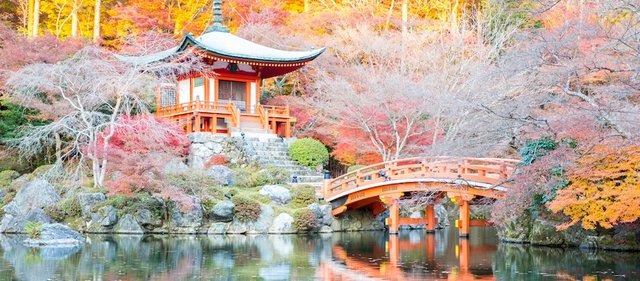
good job keep it up @new-yourk
keep us updated to such countries which have such rich cultures
lots of love
thank you for reding
We do not covet anything from any nation except their respect.
- Winston Churchill
thank you